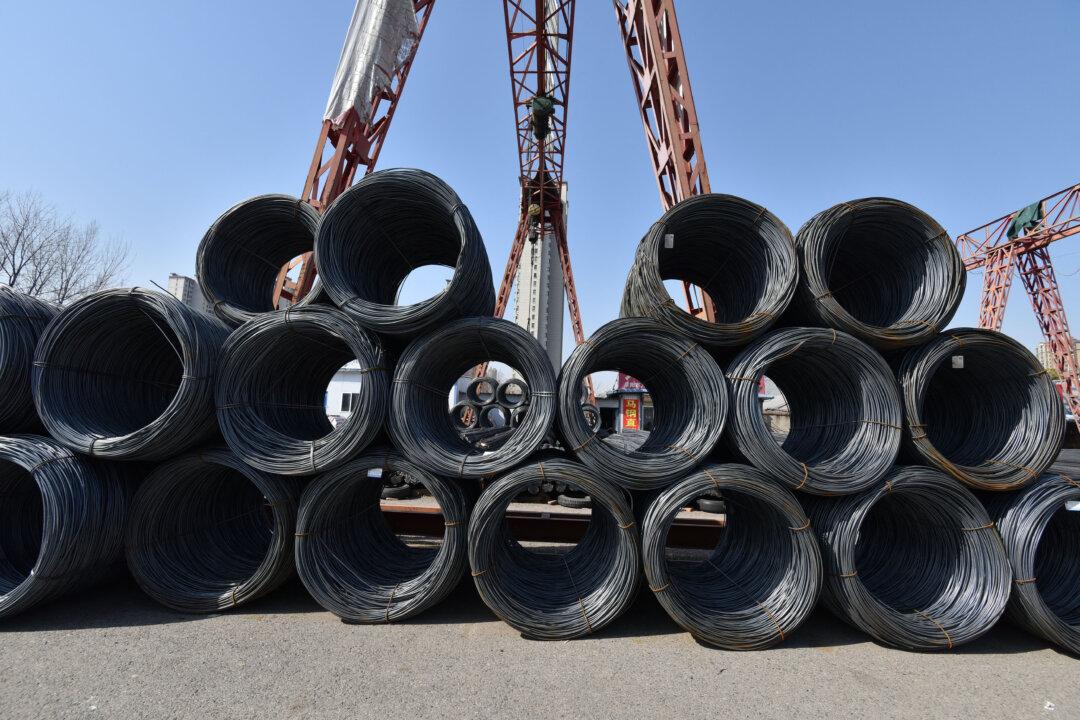The Chinese economy is sputtering, if not in an outright recession.
Recent official data releases indicate consumer spending in the United States is growing faster than in China. With investors’ hopes pined on the gathering of the Third Plenum and big stimulus announcements to resolve structural imbalances and troubled sectors, the reality proved underwhelming at best and disappointing. There were no real announcements to change economic policy.
The Chinese economy is struggling despite the headline numbers. Headline growth for the first half of 2024 came in at 5 percent, as expected, but it was slowed significantly by retail sales growth that clocked in at less than 3 percent during the second quarter of 2024.
China continues to be paralyzed by a massive debt overhang from real estate, with developers suffering massive indebtedness and an oversupply of homes. Consumers are no better off suffering from some of the highest debt levels relative to income worldwide.
Government revenue is falling as demand for government expenditure rises, even for basic operational areas. This leaves less and less room for the investment spending that has propelled the Chinese economy further.
With massive debt across the economy, from the government to corporations and households, the Chinese economy has little breathing room. With official crackdowns designed to raise revenue from back taxes and excessive salaries dating back years, local governments appear desperate to get funding.
The problem heading into the Third Plenum is that Chinese and global investors had high expectations for breakthrough announcements that would begin resolving these issues and restarting the Chinese economy on a more sustainable path.
So what came out of the Third Plenum that would revive the Chinese economy?
Nothing. Well, not literally nothing but little more than often-repeated platitudes about adhering to the Chinese Communist Party (CCP) and propagandistic slogans about resolving outstanding issues, talking up consumption, and urging companies and technology to advance.
The lack of any reform, changes to economic policy, or apparently even thinking about what to do raises a number of difficult issues.
First, current Chinese economic growth is driven by exporting massively to the rest of the world, running up enormous surpluses. This isn’t a popular policy globally and something that, at the very least, is nearing a limit mathematically and much more likely to fall back to Earth. Currently, China runs a current account surplus equal to roughly 2 percent of GDP. Even a small drop in other countries enacting more and more trade barriers will cause a material fall in Chinese activity.
Second, the problems continue to escalate. Whether it is low single-digit retail sales growth, banks being swept up into larger banks to avoid collapse, or rapidly escalating public debt, the problems are only compounding and not disappearing. During China’s golden age of economic growth, its ability to get things done was seen as a strength. Now, it appears no one can make a decision on basic policy issues. Despite the cheery words and exhortations, very few believe the CCP’s economic propaganda.
So what happens now?
We watch. In reality, the story of what is happening with the Chinese economy is relatively straightforward, with some specific nuance that has been known for years. Even the solutions within a range of potential outcomes are known to most. Officially, do not expect things to get too bad, nor will they rebound. Continue to watch the slow-motion train wreck.







